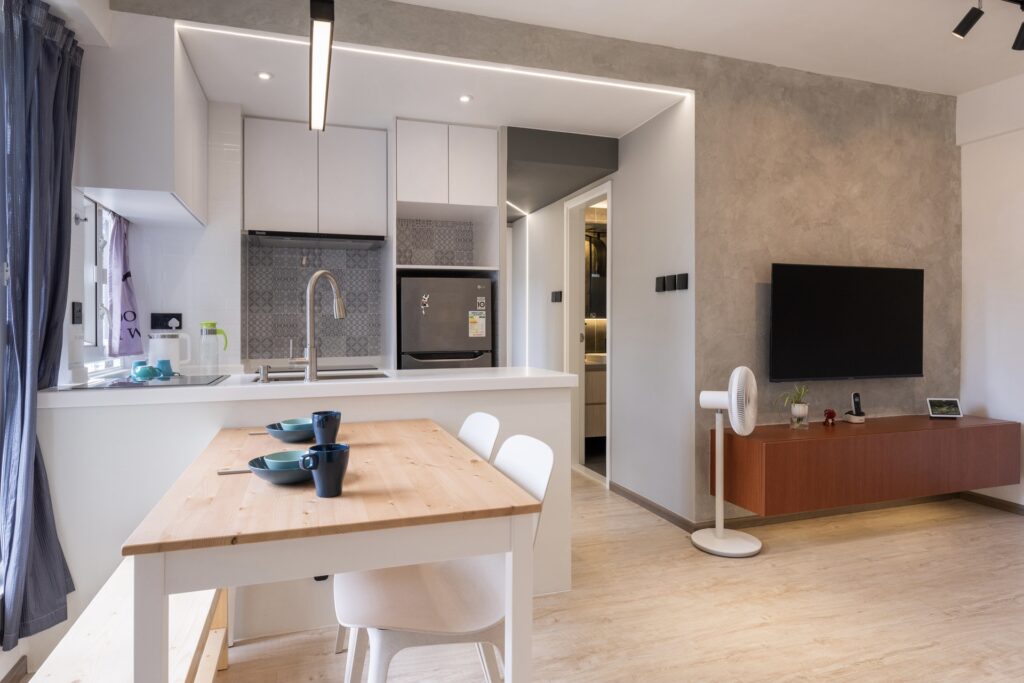Underfloor heating is becoming an increasingly popular heating solution for winter, especially as it frees up wall space previously occupied by radiators and provides even heat distribution throughout the room, ensuring a warm and spring-like home even in the coldest weather. Many people, in pursuit of further enhancing home comfort, combine underfloor heating with carpets. Can underfloor heating and carpets be used together? What are the usage prohibitions? This article will provide a detailed answer to these questions.
Can carpets be laid on underfloor heating? Absolutely. Underfloor heating can elevate and maintain the temperature of the entire room, while carpets are an excellent choice for creating a cozy atmosphere and providing a higher level of comfort. The combination of the two can create a more comfortable and warm home environment. However, it is important to know that not all floor materials are suitable for use with underfloor heating, nor are all carpets suitable for rooms with underfloor heating. Improper use may even harm the health of you and your family.
Additionally, furniture arrangement must be considered. For homes with underfloor heating, it is best to place the carpet in front of the furniture rather than beneath it, allowing the floor to release heat more quickly. The ideal thickness for carpets in homes with underfloor heating should not exceed 25 millimeters. Hand-knotted carpets are moderately thick, with silk carpets typically around 4mm and wool carpets around 1cm, providing a balanced thickness and good breathability that neither hinders the release of heat from the underfloor heating nor compromises the warm and comfortable feel underfoot.
The placement of the carpet is also crucial; avoid placing your carpet in areas with direct sunlight, as the combination of intense sunlight and underfloor heating can damage the carpet. Therefore, place the carpet in areas away from direct sunlight. Will the carpet damage the underfloor heating system? If you have wooden floors with underfloor heating, consult your floor supplier before purchasing a carpet. Some wooden floors have a maximum temperature limit, such as not exceeding 27 degrees Celsius; exceeding this temperature can cause serious issues with the floor. If you have such wooden floors and place a carpet on them, the carpet may absorb heat and cause the temperature of the floor beneath to rise sharply, potentially leading to expansion, distortion, or even delamination of the wood. Always inquire with your floor supplier about the suitability of using a carpet. In summary, as long as the carpet is chosen correctly, it can be a perfect match with underfloor heating for winter warmth. If you are still undecided on which carpet to choose, consider learning about Tianjiang Handmade Carpets. Tianjiang has been dedicated to high-end handmade carpets for 35 years, offering two types of products: handmade silk carpets and handmade wool carpets, all crafted with hand-knotting techniques. The materials are healthy and environmentally friendly, free of glue and formaldehyde, making them safe to use regardless of whether your home has underfloor heating or not. Interested parties are welcome to inquire through the back end. PS: Tianjiang Handmade Carpets make it easier to lay carpets in villas. Nationwide service, home trial fitting, appointment phone number: 4006852588.
